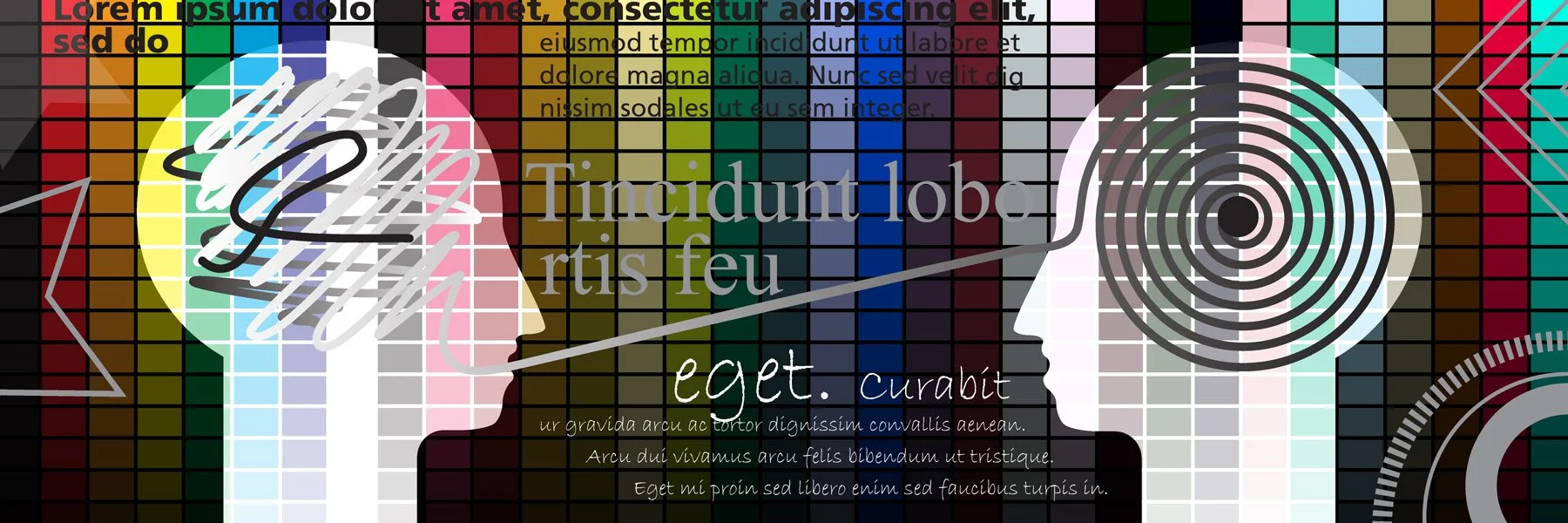Considered to be the Project Manager’s bible, the PMBOK Guide says that projects are “a temporary endeavor to produce a unique project, service, or result.” Another definition of a project is a problem that needs a solution. Project Managers, or PMs for short, are the leaders on the team who lead the charge for that solution. But unofficially… project management is pretty much like herding cats (Click the link. It’s worth the minute of your life). Consider that in the age of Covid, internal teams - and clients - live and work all over the United States, throughout the world, so it can get a bit tricky. This article provides a brief overview of how to herd like a pro, and avoid getting scratched.
We've heard talk about the importance of being resilient, but really, what does that mean? Voted #4 in the list of the top 100 psychologists of the 20th century, Dr. Albert Bandur's academic writings on self-efficacy were a key influence on my own dissertation. Self-Efficacy is the belief in one's ability to do something specific. In essence, the theory is "If I believe I can, I probably will. If I don't believe I can, I probably won't." So here are three personal mediums of my own self-efficacy…
As we march through so much new life around us in the season of renewal, we have a lot to celebrate. Last month I talked about the 14th anniversary of my company and shared key things I've learned since starting the business. This issue marks a related but different anniversary: the first birthday of OOMPH! This month, one year ago, we started sending email subscribers the Change by Design newsletter. Like Change by Design, OOMPH! has continued to grow and refine with time, simply by practicing continuous improvement. I've asked for feedback and you have sent it, with the team working each month to make this newsletter even better.
Today's instructional design professionals are frequently expected to wear numerous hats. These can include skills built on-the-job, instead of during their degree program. In addition to a solid grounding in education learning models, psychology, neurology, stakeholder/SME interviewing, group discussion facilitation, and elearning technologies, IDs are now often asked to perform traditional graphic design tasks. They are even expected to elevate the courses they build aesthetically, but that can be a tall order. However, it's incredibly challenging for IDs who feel less confident with visual design and creativity to do this, even when they are outstanding researchers and content writers. This article can help you apply elearning graphic design principles like a pro.
Six months before the Great Recession, on March 17 of 2008, I hung my shingle out for Change by Design. I was fresh off becoming Dr. Ebbers and fully convinced my company would make millions by delivering great performance improvement solutions. But Rome wasn't built in a day. Over the past 14 years, I've learned through many hard lessons what it takes to earn enough money to keep the lights on and bills paid in a company like mine. Here are a few of those lessons…
When a curriculum for an entire skill set must be developed, a “learning in the flow of work” or “journey-based” approach is highly effective. A Job Task Analysis (J/TA) or Learning and Mentoring Experience (LME) process are two different methods to help achieve this intervention, but they typically address differing groups. J/TA is best for highly complex roles with little reproducibility; and LME aligns well with workforces that require rapid scalability.





